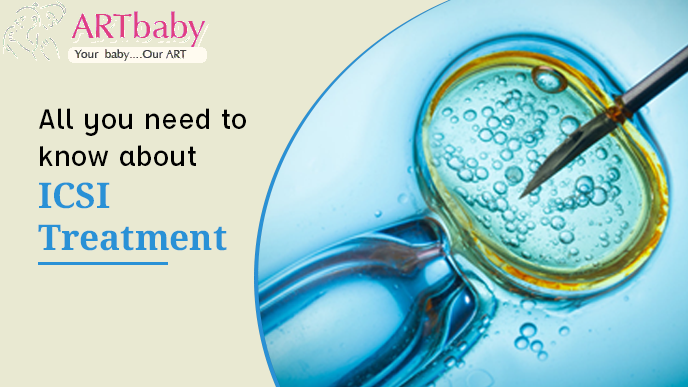The first cytoplasmic transfer-related pregnancy was reported in 1997.

A little amount of ooplasm is transferred from one oocyte to another in the cytoplasmic transfer technique. In this process, mutated mtDNA does not remove, unable to prevent mitochondrial disease transmission. But adding donor mitochondria can create a heteroplasmic oocyte with both mitochondrial haplotypes. But in this process, the amount of healthy mtDNA transmission is very less. Pronuclear transfer and spindle transfer are two promising techniques are used by medical researchers to create three-parent egg creations.
Pronuclear transfer
Pronuclear transfer and spindle transfer are two recent reproductive treatment developments, which is more promising to treat the genetic disorder. In these techniques, the mtDNA of the offspring is exclusively derived from a healthy donor’s oocyte, while they inherit nuclear genetic material obtained from both the parents. These techniques bring out the concept of the ‘ three parents reproductive option’. This option not only prevents mitochondrial disease in the resulting child but also in subsequent generations.
In pronuclear transfer, both pronuclei remove from a fertilized ovum containing mtDNA mutations. Then reconstruct by transferring them to the perivitelline space of a donated fertilized enucleated (cell without a nucleus) ovum. The reconstructed ovum contains the nuclear DNA material collected from the mother’s oocyte and cytoplasm and mtDNA from the donor’s oocyte. The animal model showed successful normal offspring birth by opting for this method. But recent researchers reported abnormal fertilization results by opting pronuclear transfer technique. They found incomplete (8.3% development) in the blastocysts stage because of lack of mtDNA carryover rate. Therefore, this method is not practically applicable.
Spindle transfer
Clinical researchers got significant success with spindle transfer. This is an alternative approach to reproductive treatment development. The spindle with attached chromosomal material is collected from the donated unfertilized oocytes in the spindle transfer technique. The transfer to the maternal oocyte has no own nuclear material through the micromanipulation process. Then in-vitro fertilization is conducted with reconstituted oocyte and sperm tissue collected from the father semen and allows for embryo development. The efficiency of this technique was first tested in a non-human primate model and obtained a successful result by delivering healthy offspring.
In the spindle transfer method, parental nuclear DNA and donor mtDNA is used in embryo creation. The transfer of parental nuclear DNA is performed before fertilization. The cytoplasmic content formed in the embryo creates through excising of the metaphase II spindle from the donor oocyte. However, the donor nuclear DNA presents within a karyoplast will be discarded. The chromosome-spindle complex present in the collected oocyte from the Intended mother is then removed and transferred for enucleating into the healthy donor oocyte. The aim of spindle transfer (ST) is to achieve the same results as pronuclear transfer – the inheritance of parental nuclear DNA and donor mtDNA in the offspring.
A preclinical study reported that the successful use of ST resultant the birth of three healthy offspring. In this research, genetic analysis showed that the presence of nuclear DNA originating from spindle donors and mtDNA from recipient oocytes. The mitochondrial replacement efficiency was checked through the absence of mtDNA from spindle donors present in the offspring. The growth of offspring after birth is comparable to age-matched controls.
Human research also implemented the spindle transfer technique to analyze the fertilization feasibility, embryo development, and embryonic stem cell yield. All these parameters were comparable with controls. However, the risk of abnormal fertilization cannot be ignored that observed in subsequent studies. The abnormality may occur because of premature activation of human meiotic spindles during the spindle transfer procedure.
Cost analysis
Apart from pronuclear transfer and spindle transfer, ooplasmic transfer and blastomere transfer are also studied. However, all these three parent egg creation techniques still are under research. Therefore, the exact cost of these techniques is not yet estimated. But among the different procedures, the spindle transfer technique is costly because the spindle can only be visualized using specialized equipment. The equipment set-up is complex and requires coupled to an imaging system that uses polarized light birefringence.




